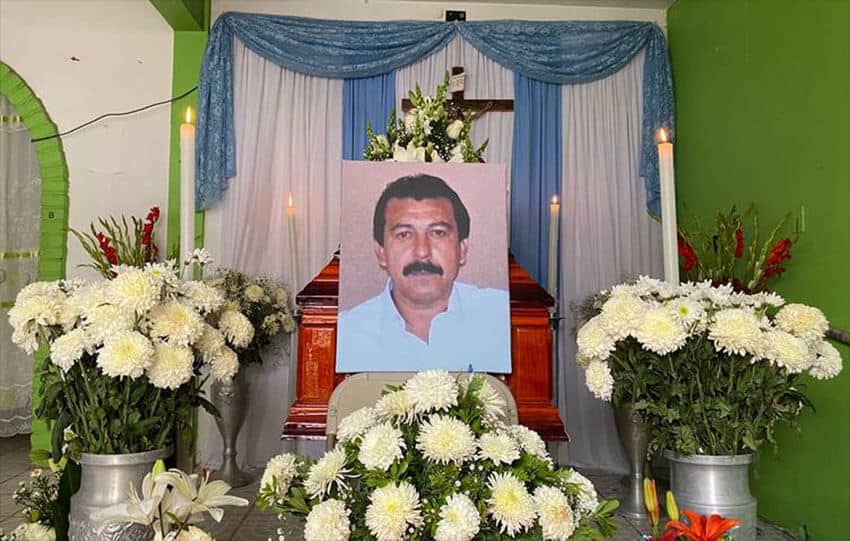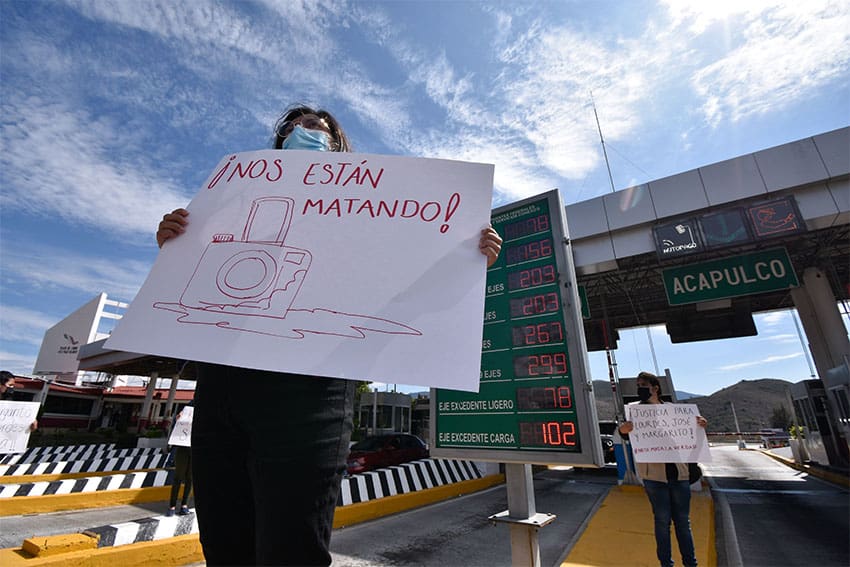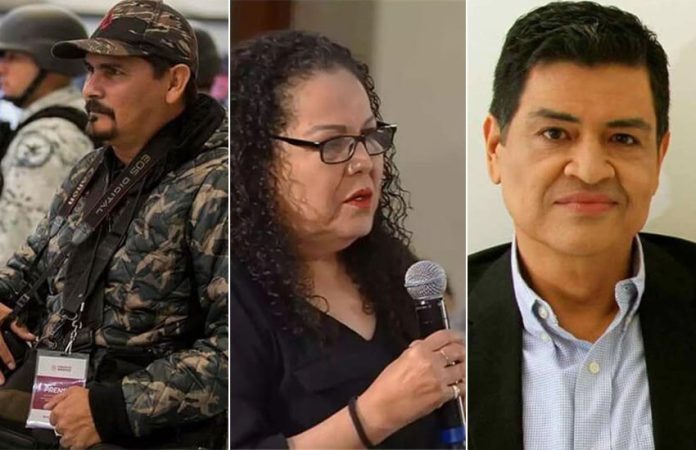Mexico ranks No. 2 in the world for most journalists killed so far this year, according to a press release from the International Federation of Journalists.
According to the IFJ, 11 media professionals have been killed in Mexico in 2022, one fewer than in war-torn Ukraine. Haiti is third with six journalists killed, followed by Colombia with four.
In total, 67 journalists in 21 countries and the Palestinian territories have been murdered, mostly in the line of duty, in 2022 compared to 47 last year, a reversal of the decline recorded in recent years, according to the IFJ.
In the three previous years, Mexico was at the top of the list with 10 murdered journalists in 2019, eight in 2020 and eight again in 2021.

“These figures make for grim reading and cast serious doubts on the political will on the part of governments to address such grave threats to media freedom,” said IFJ General Secretary Anthony Bellanger.
“The war in Ukraine accounts for 12 media fatalities,” IFJ noted in its release. “But the rule by terror of criminal organizations in Mexico, and the breakdown of law and order in Haiti, have also contributed to the surge in killings.”
Similar but slightly different figures were compiled by Reporters Without Borders, a Paris-based agency that goes by the acronym RSF.
An RSF report noted that “more than 60% of journalists killed lost their lives in countries considered to be at peace in 2022” and it points out that Mexico accounts for a high percentage [16.5%] of the global total.
“Mexico’s figures [along with Haiti, Colombia and Brazil] helped turn the Americas into the world’s most dangerous region for the media, with nearly half of the total number of journalists killed worldwide in 2022.”
In 2020, a similar RSF report noted that “Mexico has tragically confirmed its position as world leader of the most dangerous countries for the media … The election of a new president, Andrés Manuel López Obrador, two years ago has not alleviated the scourges that plague the country. The links between drug traffickers and politicians remain, and journalists who dare to cover these or related issues continue to be the targets of barbaric murders.”
Most of the journalists on the IFJ list were “deliberately” killed, although 12 or so might not have been expressly targeted, according to one report.
The figures include professional and non-professional journalists, as well as other media workers.

“The surge in the killings of journalists and other media workers is a grave cause of concern and yet another wake up call for governments across the globe to take action in the defense of journalism, one of the key pillars of democracy,” said Bellanger of the IFJ.
“The failure to act will only embolden those who seek to suppress the free flow of information and undermine the ability of people to hold their leaders to account … It is now time for the UN General Assembly to pass the IFJ Convention on the Safety and Independence of Journalists.”
It should be noted that when Mexican journalist Fredid Román was murdered in August, several newspapers reported that he was “the 15th member of the media to be murdered in the country this year” (as opposed to the 11 tabulated by both the IFJ and RSF).
Román, 60, who ran a program called “The Reality of Guerrero,” was gunned down inside his vehicle in Chilpancingo, the capital of the state of Guerrero, according to local prosecutors. The newspaper El País reported that Román was murdered the same day he had shared a column on Facebook that criticized López Obrador’s timid response to the findings of a report on the Ayotzinapa case (in which 43 students disappeared or were killed in 2014).
El País wrote: “According to the NGO Article 19, the deadliest year to be a journalist in Mexico was 2017, when 12 reporters were killed. In just the first eight months of 2022, that figure has already been exceeded. Mexico is now considered the deadliest place to be a reporter in the world.”
With reports from International Federation of Journalists and Latinus
